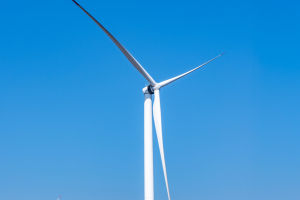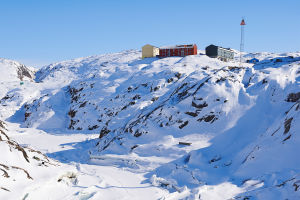You know that cozy ritual of starting the day with a hot coffee, or sneaking a piece of chocolate when you need a boost? Imagine if those little comforts became rare, expensive treats.
That's not some far-off sci-fi scenario—it's what climate change is quietly setting up behind the scenes.
Why coffee plants are in trouble
Coffee beans grow best in cool, stable climates, usually in higher elevations with steady rainfall. But rising global temperatures are shrinking that sweet spot. According to recent studies, by mid-century nearly half of the land currently suited for coffee could become unsuitable. Farmers in traditional regions are already noticing beans ripening too fast, which reduces flavor quality.
And it's not just the heat. Extreme rainfall, followed by long dry spells, stresses plants and makes them more vulnerable to pests. One infamous example is “coffee leaf rust,” a fungus that spreads faster in warmer, wetter conditions. This disease has already devastated plantations in parts of Latin America, and projections show it could spread even wider as the climate shifts.
Another challenge is shifting seasons. In some areas, flowering times have become unpredictable, which disrupts harvesting schedules. That unpredictability means farmers can't plan their labor or income as they once did. Coffee isn't just a crop—it's a livelihood, and unstable weather throws the entire system off balance.
Cocoa faces a bitter future
Cocoa, the key ingredient in chocolate, is equally sensitive. It thrives in humid forests near the equator. But as rainfall patterns change and dry seasons lengthen, cocoa trees are struggling. Research suggests that by 2050, prime cocoa zones in West Africa—where more than 70% of the world's cocoa is grown—could see drastic declines in yields.
When trees are stressed by drought, their pods are smaller, and the beans inside develop less of the rich flavor chocolate makers crave. That means not just fewer cocoa beans, but also lower quality. For everyday consumers, this could translate into more expensive products and less variety on store shelves.
The ripple effect is even larger for farming families. Millions of smallholder growers rely almost entirely on cocoa for income. If yields drop, communities face economic hardship. Some younger farmers are already leaving rural areas because the work no longer feels sustainable, creating worries about the long-term future of cocoa cultivation.
Farmers aren't giving up
Here's the hopeful part: growers are getting creative. Some strategies they're already testing include:
1. Moving uphill – Planting coffee at higher altitudes where it's still cool enough for beans to mature slowly.
2. Shade trees and agroforestry – Mixing cocoa and coffee with taller trees, which regulate temperature, provide moisture, and protect against storms.
3. New plant varieties – Breeding hybrid coffee and cocoa strains that resist diseases and cope better with heat. Some trials have shown yields up to 60% higher than traditional types.
4. Smarter irrigation – Setting up efficient water systems to handle increasingly unpredictable rainfall.
5. Certification programs – Linking sustainable farming practices with global buyers, so that climate-smart coffee and cocoa get premium prices.
These approaches don't solve every problem, but they buy time. They give farmers tools to adapt rather than abandon their land. Importantly, many of these solutions also improve biodiversity and soil health, which help farms stay resilient in the long run.
What it means for us
For everyday coffee drinkers and chocolate lovers, the impact might first show up in our wallets. Prices are already climbing after weather-driven supply shortages. But beyond that, the unique flavors we love—like fruity Ethiopian beans or rich West African cocoa—may fade if certain regions can't adapt.
Still, every latte and chocolate treat carries a story of resilience. Farmers working with scientists, governments, and even big chocolate and coffee companies are pushing for sustainable solutions. The choices we make as consumers—supporting fair-trade or climate-friendly products—can actually help those efforts gain traction. Even small shifts, like choosing brands that invest in farmer training or reforestation, send signals to the industry that sustainability matters.
At the end of the day, climate change isn't just an abstract global issue; it's sneaking into our kitchens, our routines, our little pleasures. Next time you sip your coffee or unwrap a chocolate piece, take a moment to savor it. And maybe, think about the farmers fighting to keep those flavors alive for the future.


